Planning your first trip to Rome can be exciting and overwhelming, with many incredible sites to see in very little time. In this guide, we’ll take you through Rome’s must-see attractions, unveil lesser-known yet captivating places, share essential travel tips to prepare you for your adventure, and immerse you in its magnificent food and culture. Get ready to embark on your very own Roman holiday!
Everything You Need to Know Before Your First Trip to Rome
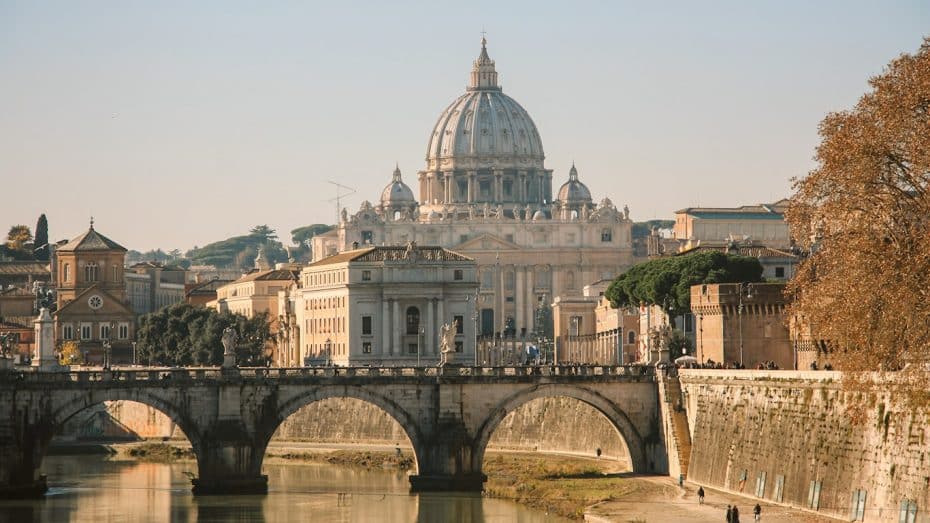
1. How to Get to Rome
As one of the most visited cities in the world, there are several ways to travel to Rome. Here’s a summary of the different ways you can get to the Italian capital:
- By Air
Fiumicino Airport is Rome’s primary international airport, officially known as Leonardo da Vinci International Airport. Located approximately 32 kilometers (20 miles) southwest of the city center, it is the largest airport in Italy and has connections with the most important cities in Europe and the world.
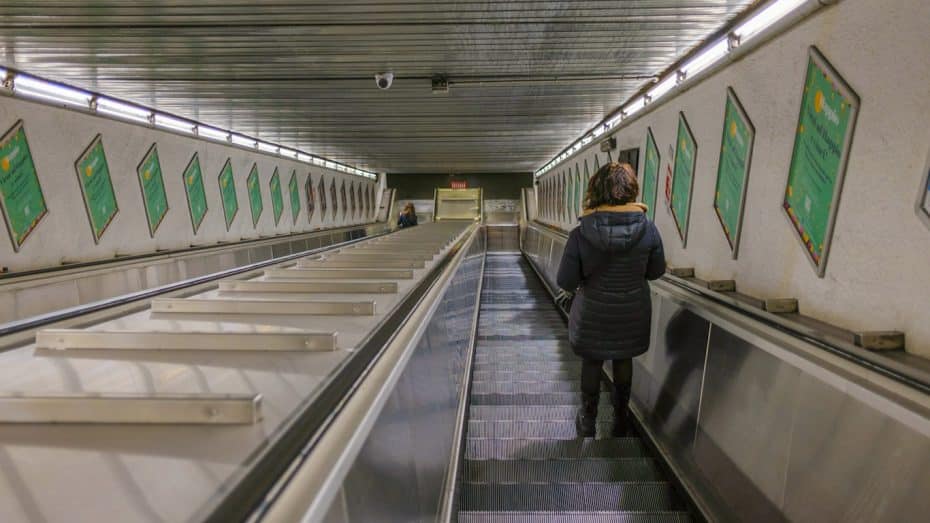
Ciampino Airport is another airport serving Rome. Primarily used by low-cost airlines, it is a secondary international gateway to the city located 15 kilometers (9.3 miles) southeast of the city center.
- By Train
Rome’s central railway station, Roma Termini, connects to domestic and international destinations. High-speed trains such as Frecciarossa, Frecciargento, and Frecciabianca run between Rome’s Roma Termini station and other major cities in Italy.
You can also get to Rome via international trains like Thello or Nightjet, connecting with European cities like Paris, Munich, or Vienna.
- By Bus
Several intercity bus companies connect Rome with other major European cities. Roma Tiburtina is the primary hub for long-distance coach services within Rome city limits. Some known bus companies providing intercity services are Flixbus and BlaBlaBus.
2. When to Travel to Rome
Considering Rome’s weather, events, and tourist influx, the best time to travel to Rome is from April to June and September to October. Rome experiences mild temperatures and fewer crowds during these months than the peak summer season. In April, Rome celebrates Natale di Roma (April 21), marking Romulus’s founding of the city in 753 BC. Meanwhile, May features the Museums Night (La Notte dei Musei), when museums and cultural sites open their doors for free at night.
Additionally, June hosts festivals such as Festa della Repubblica (June 2), celebrating Italy’s Republic Day with parades and fireworks, and the Feast of Saints Peter and Paul (June 29), Rome’s patron saint.
In terms of weather, January is the coldest month, with an average temperature of 8°C (46°F), while July is the warmest, with temperatures around 25°C (77°F). Rainfall peaks in November at approximately 115mm (4.5 inches). It is essential to note that August often sees numerous businesses closed due to locals taking summer holidays.
The tourist influx typically peaks in July and August so that you may encounter longer lines for attractions during this period. Prices also tend to be higher in the summer season. Although winter months have colder temperatures and shorter daylight hours, tourists can take advantage of lower prices and fewer crowds.
3. Must-See Attractions in Rome
There are plenty of attractions in Rome. From impressive churches to world-class museums and historical monuments, here’s what you need to see on a first trip to Rome:
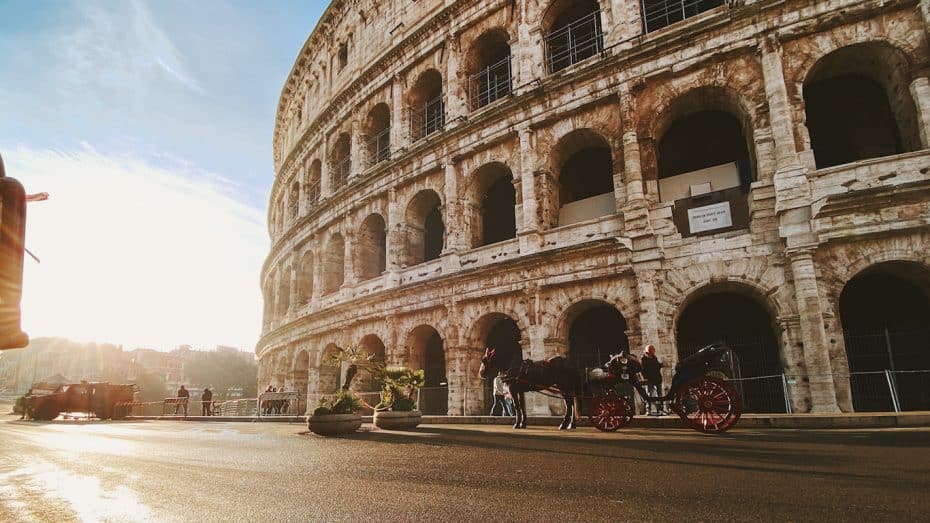
- The Colosseum dates back to AD 72 and 80. It was a place for gladiatorial contests and other public spectacles, and it is an essential site for understanding ancient Roman culture and history. The Colosseum is undoubtedly an unmissable attraction during a first trip to Rome.
- The Pantheon, dating back to AD 125, is a well-preserved Roman temple dedicated to all the gods of ancient Rome. It has been used continuously since its construction and serves as a Christian church today.
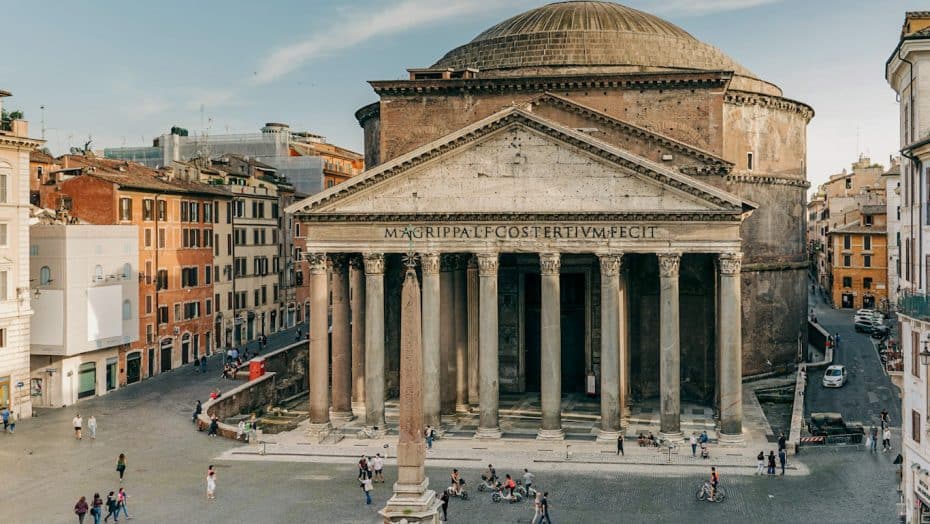
- St. Peter’s Basilica, completed in 1626, represents Renaissance architecture. Designed principally by Donato Bramante, Michelangelo, Carlo Maderno, and Gian Lorenzo Bernini, it is the largest church in the world and a pilgrimage site for Catholics.
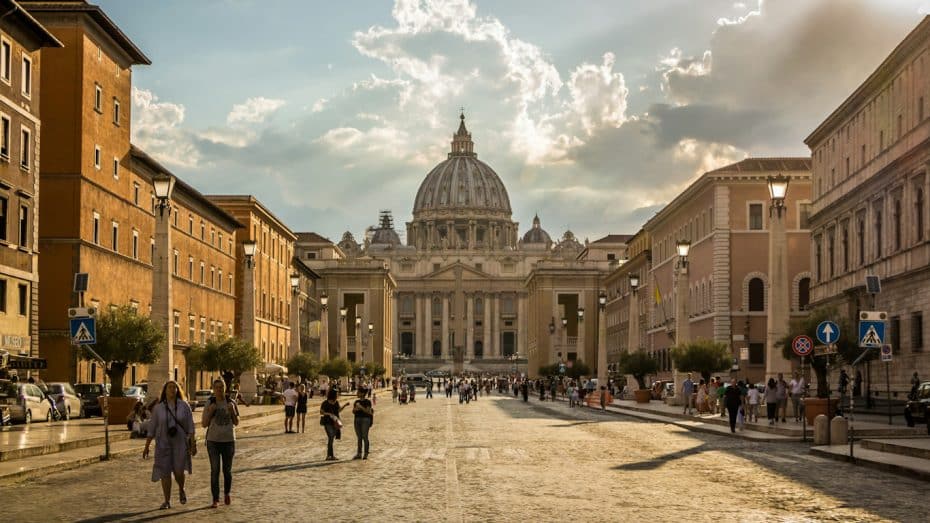
- The Trevi Fountain, designed by Nicola Salvi in 1732 and completed in 1762, is the largest Baroque fountain in Rome. Tradition states that throwing coins into the fountain ensures a return trip to Rome.
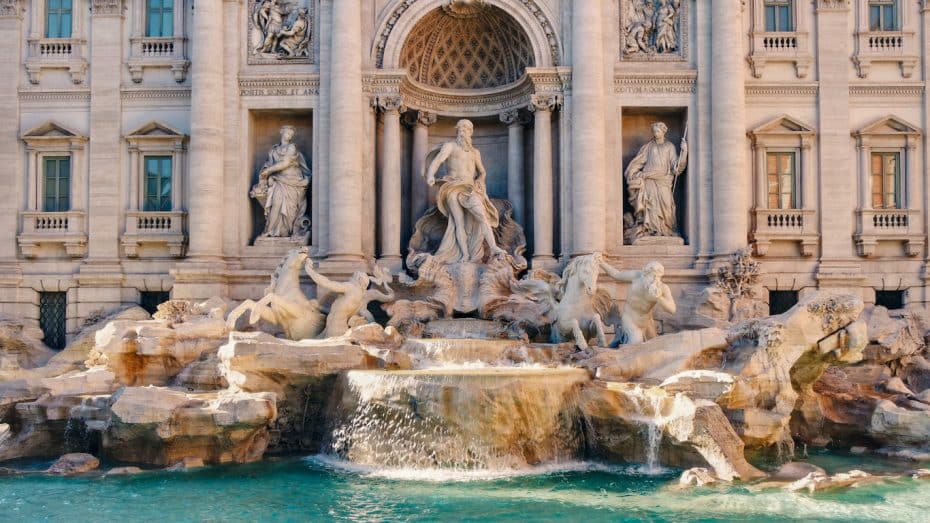
- The Vatican Museums are home to many sculptures, paintings, and other artworks collected by popes throughout the years. The museums, established by Pope Julius II in the early 16th century, include the famous Sistine Chapel, which has Michelangelo’s frescoes on its ceiling.
4. Where to Stay in Rome
There are many districts to choose from in the Eternal City. However, here’s a list of three of the best areas to stay on your first trip to Rome:
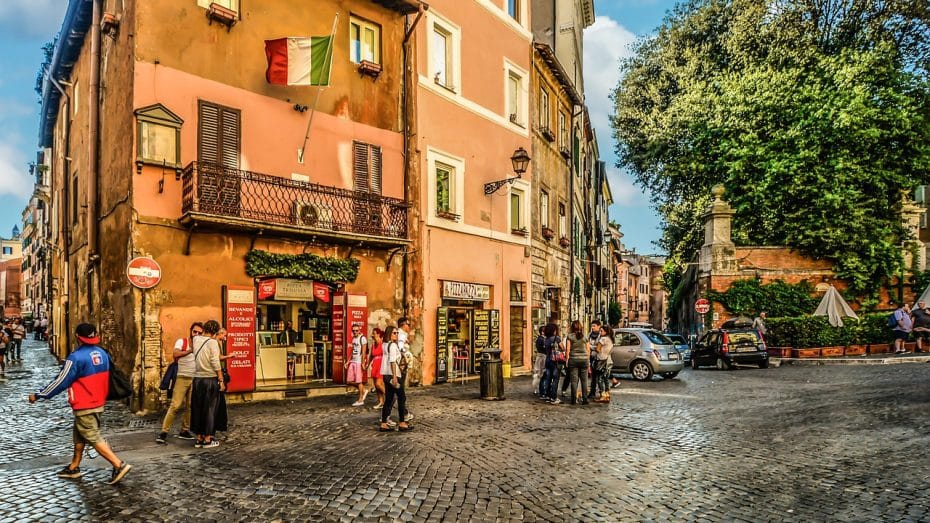
- Trastevere is a district located on the west bank of the Tiber River. Since the early Republican era, Trastevere has evolved into a lively and bohemian quarter with narrow cobblestone streets and historic buildings. The area is known for landmarks such as the Basilica of Santa Maria and Piazza di Santa Maria. Moreover, in the area you can also explore Villa Farnesina, a Renaissance-era villa that houses frescoes by Raphael. Trastevere is among the best neighborhoods in Rome.
- Prati is north of Vatican City and borders the Tiber River on its east side. This residential district was developed during the late 19th century and features a grid-like street pattern and elegant architecture. Prati is home to Via Cola di Rienzo, one of Rome’s premier shopping streets. The neighborhood is also near attractions like Castel Sant’Angelo and St. Peter’s Basilica. There are many luxury hotels and experiences in this part of Rome.
- Monti is an ancient Roman neighborhood located between the Colosseum and Via Nazionale. The area has preserved its medieval atmosphere through narrow streets, public squares, and historic churches. Key attractions in Monti include the Basilica of Santa Maria Maggiore, which dates back to the 5th century AD and contains impressive mosaics depicting biblical stories. Furthermore, Monti is also home to Domus Aurea, Emperor Nero’s former palace, which features complex architectural designs and intricate frescoes.
If you’d like more information about the city’s neighborhoods, read our accommodation guide with the best areas to stay in Rome.
5. Hidden Gems in Rome
Several lesser-known sites in Rome hold historical and cultural value. So, if you’re looking to get to know the hidden gems of the city during your first trip to Rome, you should consider visiting:
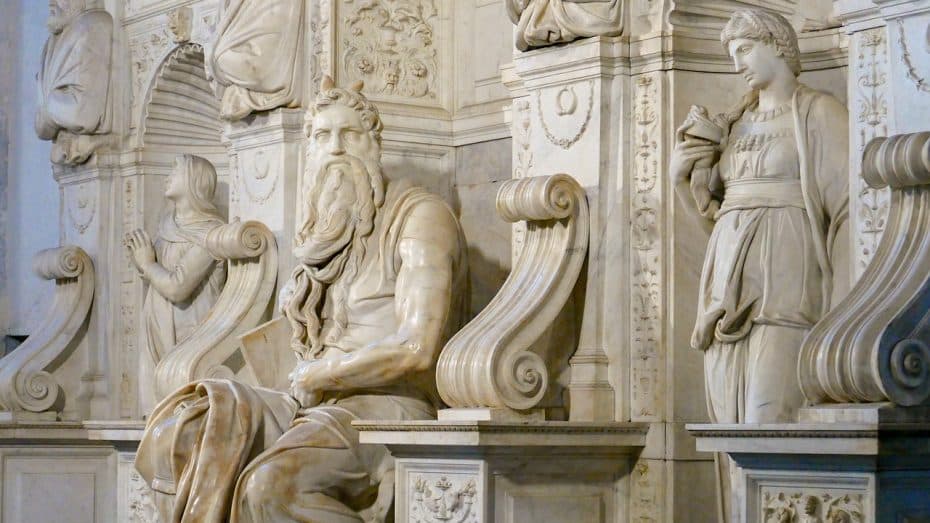
- Church of San Pietro in Vincoli. This church is near the Colosseum and houses Michelangelo’s “Moses” sculpture. The temple also displays the chains that once bound Saint Peter during his imprisonment in Jerusalem. It opens daily from 8:00 AM to 12:30 PM and from 3:00 PM to 6:00 PM. Entry is free.
- The Catacombs of San Sebastiano are a large underground Christian burial site found on Via Appia Antica from the 2nd to 4th centuries AD. They house numerous frescoes and ancient tombs of early Christians, including Saint Sebastian himself. The catacombs are open Monday through Saturday between 10:00 a.m. and 5:00 p.m., with closed access during January. Admission is €8 for adults and €5 for children.
- Centrale Montemartini Museum. This power station-turned-museum is on Via Ostiense and houses classical Greek and Roman sculptures. Established in 1912 as Rome’s first public electricity plant, it was transformed into an exhibition space in 1997. Notable displays include the colossal statue of Athena Parthenos and a marble sculpture of the river god Nile. The museum’s regular hours are Tuesday through Sunday from 9:00 a.m. to 7:00 p.m.; adult tickets cost €7.50, while concessions are available for €6.50.
6. What to Eat in Rome and Where
Rome is also known globally for its cuisine. In the Trastevere neighborhood, trattorias and osterias serve delicious carbonara pasta, a must-try dish during a first trip to Rome. In this area, you could also have Cacio e Pepe, a Roman pasta dish with pecorino cheese and black pepper, which is perfect for foodies.

The Testaccio neighborhood has also evolved into a prominent food district. The Testaccio Market offers fresh fruit and vegetables from regional farmers, and stalls sell cheeses such as mozzarella di bufala from Caserta. Street-food vendors sell goods like pizza al taglio (pizza by the slice) to hungry shoppers. If you love gelato (and who doesn’t?), you can also find great artisanal gelato shops in Testaccio.
7. Public Transport in Rome
The public transportation system in Rome consists of buses, trams, and the metro. The metro system, operated by ATAC, has three lines: Line A (orange), Line B (blue), and Line C (green). These lines cover approximately 60 kilometers of the city and have 73 stations.
The metro operates from 5:30 AM to 11:30 PM on weekdays and until 1:30 AM on weekends. While it serves a significant portion of Rome, it only reaches some landmarks and neighborhoods.
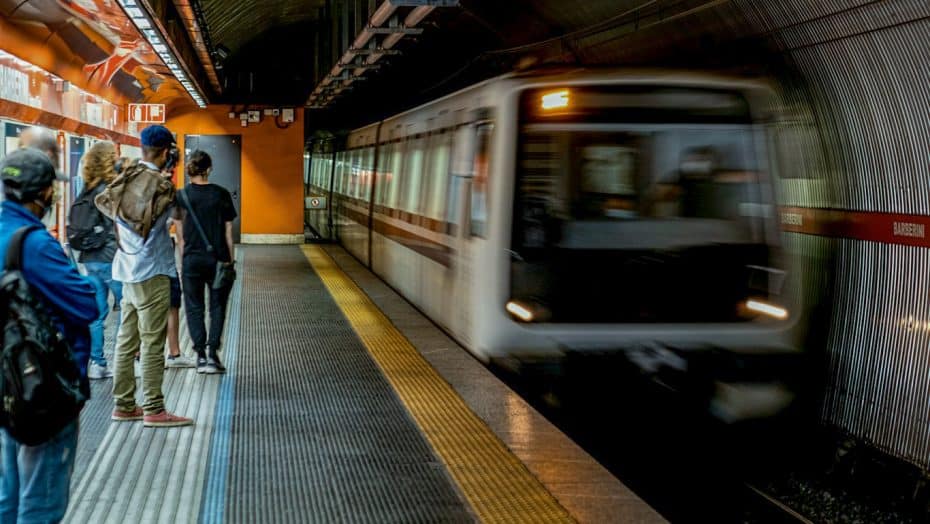
The standard ticket for public transport is called a “BIT,” which costs €1.50. The BIT is valid 100 minutes from its first validation and can be used on buses, trams, and the metro. Other types of tickets are available for varying durations: a 24-hour ticket for €7.00, a 48-hour ticket for €12.50, a 72-hour ticket for €18.00, and a weekly access ticket for €24.00.
In addition to the metro system, Rome’s public transportation includes an extensive bus network featuring over 350 routes that serve the entire city daily from 5:30 AM to midnight. Furthermore, six tram lines serve specific areas of Rome and connect with major bus lines and metro stations.
8. How to Manage and Avoid Crowds in Rome
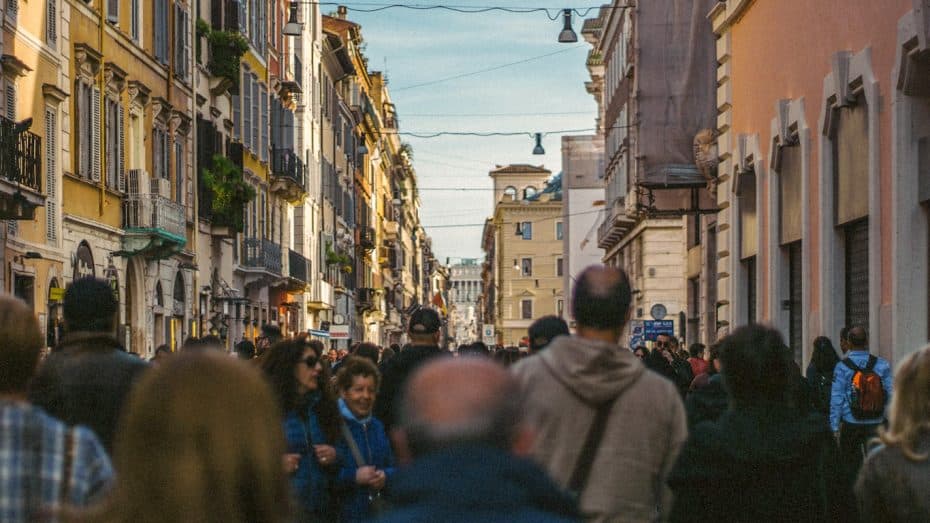
One of the most challenging aspects of visiting Rome is its extremely crowded attractions, especially during the summer. Hence, you can wake up early, as many popular sites have fewer visitors during the early morning hours. For instance, the Colosseum opens at 8:30 am, allowing early risers to take better photographs and experience the ancient structure without large crowds. You will also have better pictures of the Fontana di Trevi if you arrive there before 9 am.
Likewise, visiting attractions on weekdays instead of weekends or public holidays can help reduce the number of tourists present. Additionally, visiting Rome during off-peak seasons, such as late autumn (November) or mid-winter (January-February), can provide a quieter atmosphere when exploring Rome’s attractions.
9. Best Day Trips from Rome
If you have enough time during your first trip to Rome, here are some nearby sites to explore:
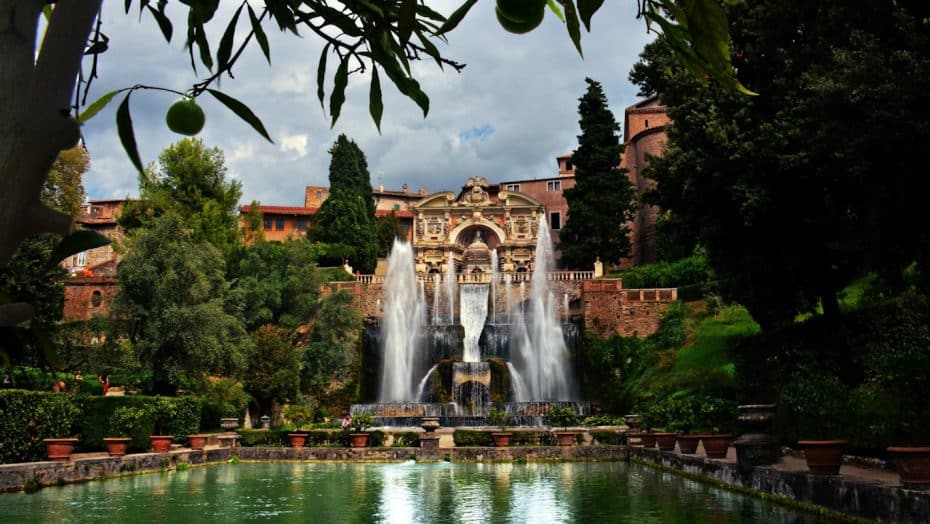
- Tivoli: Tivoli is a town approximately 30 kilometers east of Rome. To reach Tivoli, you can take a bus or train from Rome’s Termini station, with a travel time of roughly 45 minutes to an hour. Notable attractions in Tivoli include Villa d’Este and Villa Adriana. Villa d’Este is a 16th-century estate known for its terraced gardens and fountains, with hours of operation from 8:30 am to 7:45 pm and an entry fee of €8 for adults. In contrast, Villa Adriana is an expansive Roman archaeological site encompassing Emperor Hadrian’s ancient villa, with operating hours from 9 am to sunset and an entry fee of €10 for adults.
- Ostia Antica: Located about 25 kilometers southwest of Rome, Ostia Antica features well-preserved archaeological ruins of an ancient Roman port city. You can take a train from Rome’s Porta San Paolo station to this site; the journey might last up to half an hour. Entrance fees are €10 for adults, and it remains open daily from 8:30 am to one hour before dusk. Ostia Antica showcases ancient living quarters, bathhouses, theaters, and other remnants that reflect the daily life of the Romans during that period.
- Frascati: Frascati is a city in the Alban Hills, approximately 20 kilometers southeast of Rome, and it is renowned for its wine production and historic villas. The train ride from Rome Termini station takes roughly half an hour to reach Frascati. Key attractions are Villa Aldobrandini, a grand Renaissance mansion with elaborate gardens that you can visit for free; the Cathedral of St. Peter the Apostle, built in the late 16th century; and the Frascati Vineyards, with wine tours or tastings at specific local wineries.





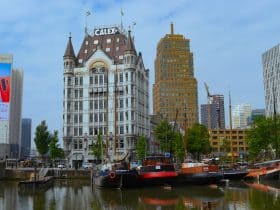
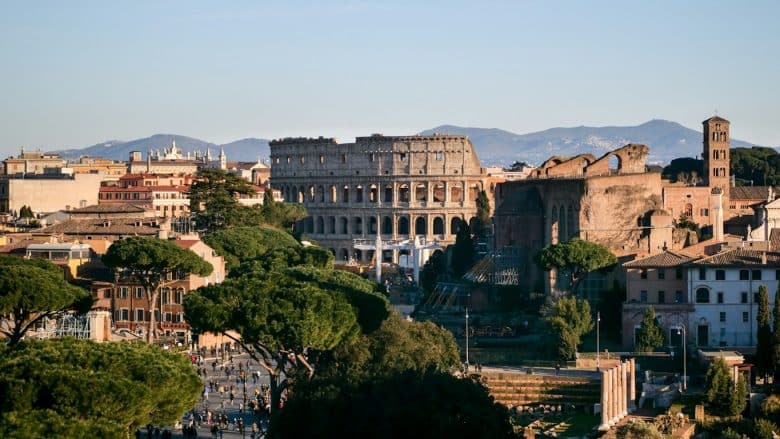

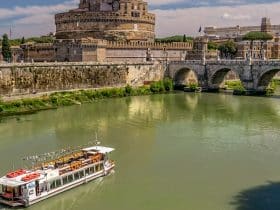
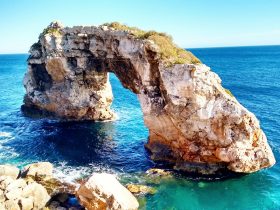
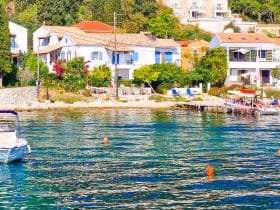
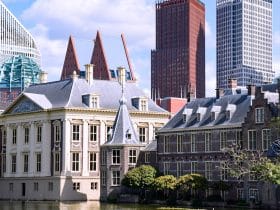


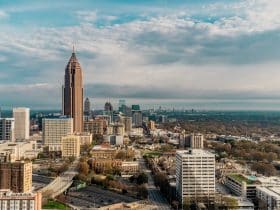








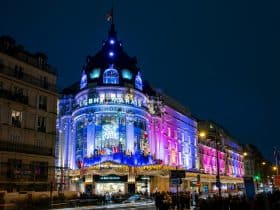
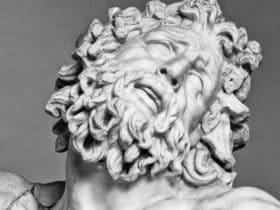
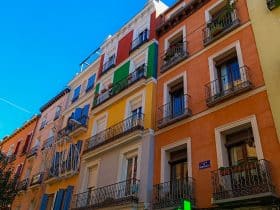
Leave a Reply
View Comments